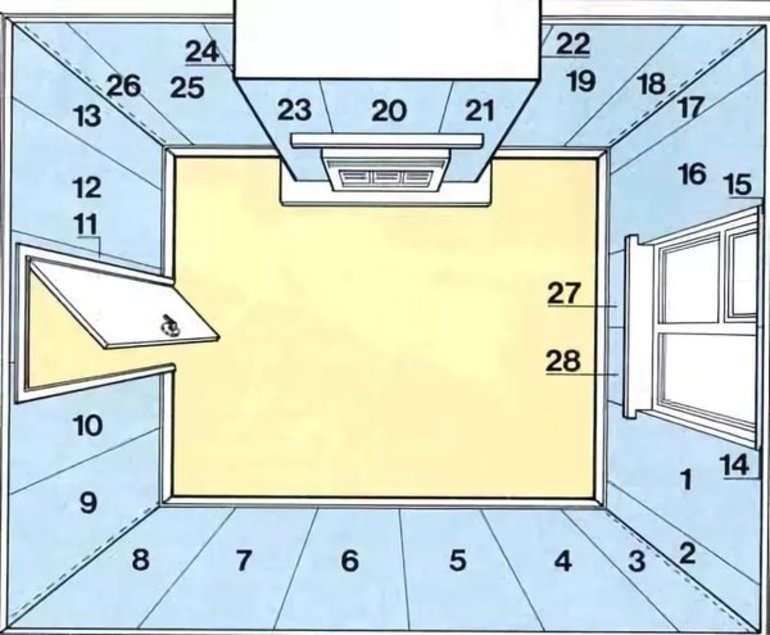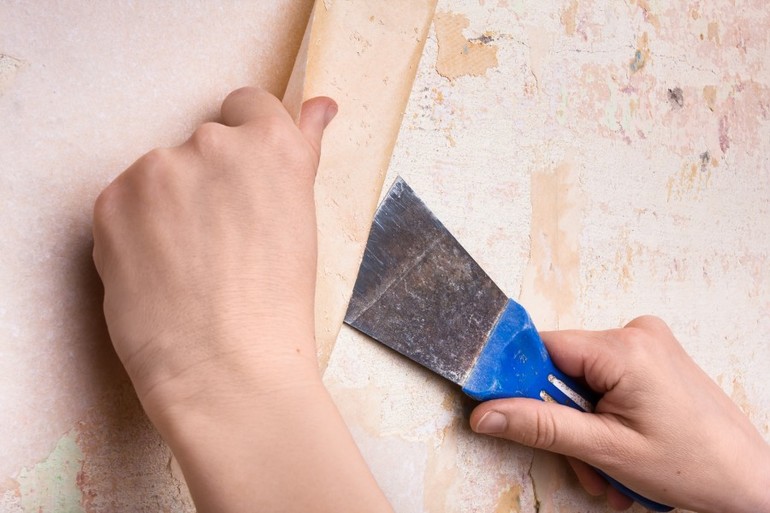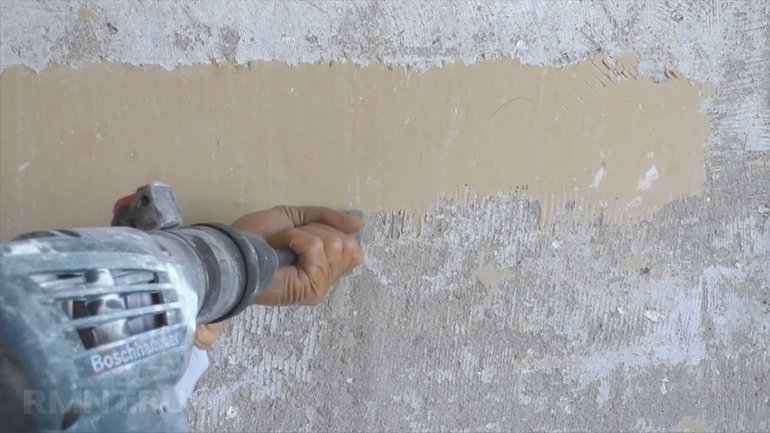Apartment renovation is costly. However, you can reduce the cost of the process by doing part of the work yourself. If a concrete floor screed or installation of electrical wiring should be entrusted exclusively to professionals, then wallpaper can be handled independently, even without special construction skills. And simple tips on how to properly glue the wallpaper with your own hands will be very useful.

Content
Room preparation
Before starting repairs, the room is freed from furniture, wall lamps are removed, decorations are removed and the coating is removed from the walls.
Eliminate old wallpapers

Before sticking new wallpapers, you need to remove the old ones. To do this, first soak the dried wallpaper glue. You can do it having processed a working surface from a spray or walking along it with a roller soaked in water. When wet, they are easily removed with a spatula, and residues are removed with a wet sponge. This applies to paper options.
The integrity of the surface layer of a vinyl or non-woven decorative coating must first be broken with a needle roller. As an option, dense wallpaper is first treated with hot steam, and then with a needle roller. And only then the walls are wetted.
Another option is to buy a special composition for removing wallpaper at a hardware store.
Removing paint from walls
From painted walls, new wallpapers often depart. For this reason, paint should be removed before starting work. It can be done:

- With a spatula. The main disadvantage of this option is that it takes a lot of time and patience to completely clean the walls of paint.
- Using a grinder with a special grinding nozzle or a puncher with a wide spatula. Fast, but also quite noisy. Another serious minus is a large amount of dust, so the work will need to be performed in a respirator.
- Using special paint remover solutions. They can be purchased in hardware stores and applied to the surface of the walls with a roller or simply with a wide brush. You need to move in only one direction. The solution is left for a while (it is indicated on the package), after which the paint is easily removed from the wall surface. The disadvantage of this method is the high cost and toxicity of the drug. It must be applied in a respirator, goggles and gloves, and all work should be done with the windows open.
Wall treatment

After removing the previous coating, you can begin to prepare the walls themselves. It is necessary to apply a primer on them with a roller (in the corners it is applied with a brush). This will prevent mold and form the basis for applying putty and a new coating.
After the primer layer has completely dried (it will take from 10 to 15 hours) all roughnesses and irregularities are leveled with a layer of putty. When this layer also dries, they pass along the wall with an abrasive cloth and dust off the dust with a damp cloth.
The final touch before sticking is the final primer. It can be replaced by a self-made compound from ordinary wallpaper glue diluted in 10 liters of water.
General principles of wallpapering
Simple plain wallpaper without a picture can be immediately cut into strips of the right size. If the decorative coating has a pattern, then for the sake of economy it is worth measuring out the necessary strips from two rolls, fitting them according to the drawing. To do this, first, a strip from one piece is cut, a second roll is rolled next to it, the pattern on it is combined with the pattern on the first roll and a strip of the required length is cut.
Useful advice! It is necessary to buy wallpaper with a margin, since the shade may vary in different batches, even if it is the same manufacturer.
There are several general rules on how to properly paste wallpaper on the wall:

- paper should be glued overlapping, in a circle, starting from the window (its even edges will serve as a guide, and the light from it will visually hide the seams);
- a coating of dense materials glues butt, from a corner or door;
- during operation, the room is closed to avoid drafts;
- drying time of paper wallpaper - 12 hours, non-woven - day, vinyl - up to 2 days;
- glue is applied directly to the coating or to the wall - according to the instructions on the package;
- Wallpaper is glued from top to bottom, leveling them with a roller or brush;
- accidentally formed air bubbles can be punctured with a needle of a syringe filled with glue, then carefully glue and smooth;
- cut off excess edges with a clerical knife.
These simple tips will allow you to beautifully and evenly glue the wallpaper, saving time and money when repairing an apartment.





Alas, no comments yet. Be the first!